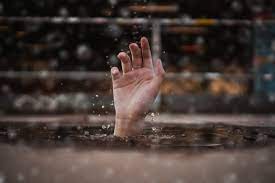
By Raisa Okwaras,
The latest reports by the World Health Organization (WHO) reveal drowning to be a leading cause of child death and young people aged between 1 and 24.
According to the WHO report, over two hundred and thirty-six thousand people globally die of drowning every year. To mark World Drowning Prevention Day on July 25, 2022, WHO issued a call for people all around the world to ‘do one thing’ to prevent drowning and save lives.
Furthermore, the report stated that drowning stands as the third-leading cause of injury-related deaths worldwide. Also, ninety percent of deaths from drowning happen in low and medium-income income countries where most African and South Indian countries fall under this umbrella.
For instance, according to Xinhua, drowning is the second-leading cause of death of children under five in Bangladesh. The report also reveals that about fourteen thousand children die of Drowning in Bangladesh every year.
WHO and UNICEF called on the Bangladesh government, their development partners, the community, and persons to play their role in raising awareness and preventing premature deaths caused by drowning.
“It is heartbreaking that so many lives are lost each year in this country. We know that these deaths are preventable…We urge individuals, communities, and the government to join us in raising awareness and doing all we can to ensure every child’s right to survive and thrive,” stated the UNICEF representative to Bangladesh Sheldon Yett.
The World Health Organization links the frequency of these deaths to daily routine activities like fetching water for home use, bathing, fishing, and crossing rivers and lakes. Others include seasonal and extreme weather events like monsoon winds and flooding, where WHO flagged the majority of these deaths as preventable.
The international body recommends six evidence-based measures to avoid drowning. These are teaching school-aged children basic swimming and water safety skills, training by-standers on safe rescuing and resuscitation, the installation of barriers to control the access to water, supervision of children in daycare, the improvement of flood risk management, and the enforcement of safe boating, ferry, and shipping regulations.
Source; WHO.

Leave a Reply